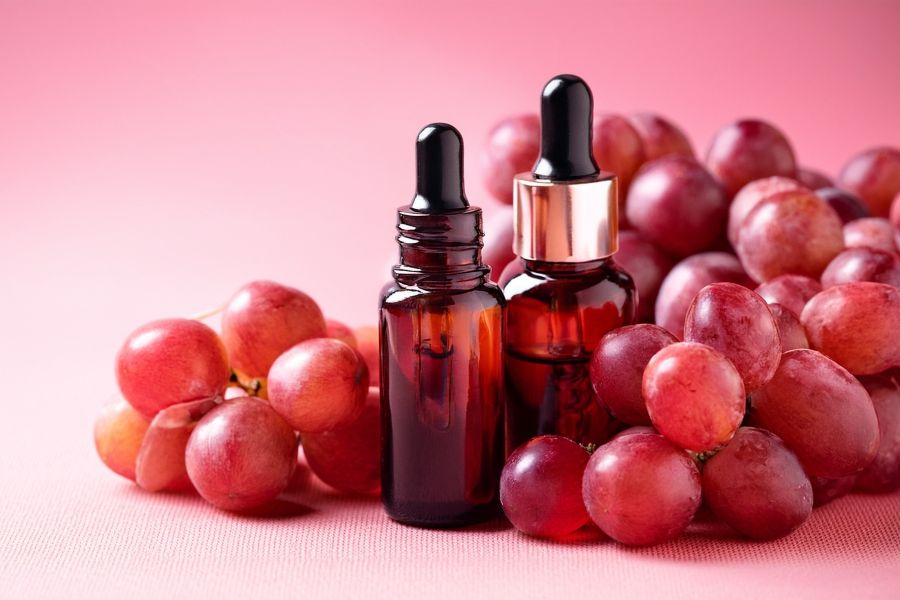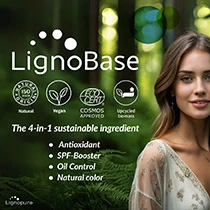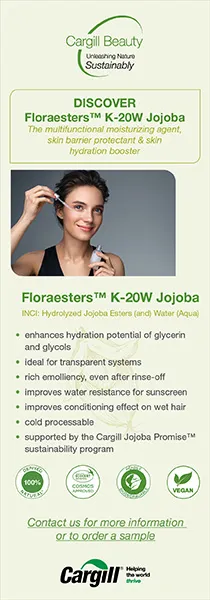How red wine extract in skin care could fight photoaging
Key takeaways
- Red wine powder offers antioxidant properties to protect skin from blue light-induced oxidative damage.
- A study found red wine powder in skin care applications also reduces photoaging.
- Researchers highlight the benefits of red wine powder and HCA in protecting the skin barrier from environmental stressors.

Italian researchers have found that red wine extracts may be beneficial in skin care applications to prevent photoaging or oxidative stress caused by blue light exposure.
Hydroxycitrate (HCA), a derivative of citric acid, and red wine powder rich in polyphenolic compounds were chosen for the study due to their bioactive properties. The two naturally antioxidant compounds were used in separate creams from an oil-in-water emulsion system.
The study, published in Cosmetics, found both creams to reduce blue light-induced oxidative damage effectively.
The researchers, based in Potenza, Italy, say that it is well known that overexposure to ultraviolet radiation, such as UVA and UVB, damages the skin. However, attention has recently shifted to rays with wavelengths between 380 and 500 nd (neutral density), commonly called blue light.
Looking into blue light
The photoprotection industry is increasingly investigating the effects of blue light exposure on the skin. Blue light comes from artificial sources such as screens, and also from the sun.
In the study, red wine powder showed a more pronounced and dose-dependent protective effect than HCA.
The researchers also note that HCA and red wine powder in skin care have a multifunctional effect, and apart from counteracting photoaging, they also protect the skin barrier against environmental stressors.
 The photoprotection industry is increasingly investigating the effects of blue light exposure on the skin. However, the scientists note that further research is needed to confirm and formulate daily protection.
The photoprotection industry is increasingly investigating the effects of blue light exposure on the skin. However, the scientists note that further research is needed to confirm and formulate daily protection.
The study says that prior research has shown wavelengths between 415-465 (violet blue) cause hyperpigmentation, such as melasma. Blue light below 453 nm may also cause oxidative stress.
Blue light affects the skin similarly to the sun and other wavelength sources — affecting the cells, DNA damage, inflammation, impaired cell function, and forming reactive oxygen species (ROS).
“With increasing exposure to artificial blue light from digital screens and indoor LED lighting, there is growing concern about whether such sources — though weaker than sunlight— might cumulatively contribute to pigmentary changes and other skin disorders,” reads the study.
Recent studies have also investigated other natural compounds with photoaging protection properties. In May this year, researchers found that algae have photoprotective agents, making them suitable for natural sunscreen formulations without harming the environment.













